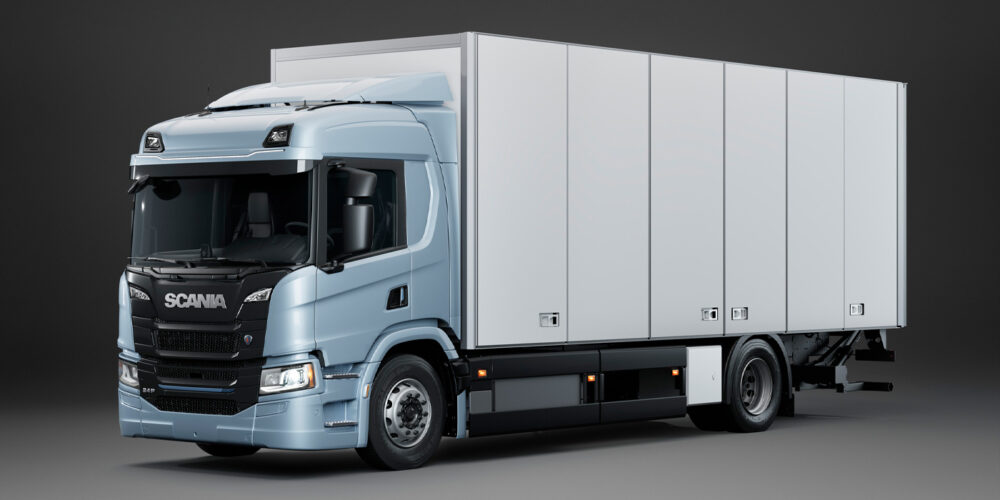Not many years ago, the success of a fleet tire program was defined by the frequency and costs of crises or problems. These were culled out of periodic expense reports, or perhaps a tire-cost-per-mile figure. This type of management by exception simply won’t cut it in today’s cost competitive business environment.
Several important points are worth contemplating. First, there shouldn’t be tire crises. Historically, most of these were caused by over-the-road tire failures or driver complaints, both of which today should have well thought out, pre-planned responses. In-route service providers, tailored to a fleet’s traffic lane routings, should be pre-approved and capable of providing tire brands and types of your first or second preference with competitive labor rates and acceptable response times. Initial screening and periodic monitoring of these facilities isn’t nearly so time consuming as it used to be, largely because of consolidation in the truckstop business and tire manufacturer involvement in strategically located commercial service centers. One benefit is the availability of both name brand new tires and retreads with nationwide honored warranties.
Regarding tire-related driver complaints, most experienced managers agree that surprises are best avoided by staying in touch with drivers by having a feedback system in place triggered by post-trip write-ups and other reliable communication channels. It is also important to avoid having “favored” drivers. Enforcing consistent standards for tread depth pull points, shoulder wear and tire inspections that trigger alignment checks before visual wear problems become objectionable are also helpful. Materials published by the Technology and Maintenance Council show color photos of frequently occurring wear conditions, along with causes and recommended corrective actions provided by third party validation and endorsed by industry experts.
What, then, are some meaningful ways to measure the effectiveness of your modern day tire program? Cost-per-mile comparisons are normally inaccurate when looking at one fleet versus another. Even though there have been attempts to standardize this calculation over the years, variations in cost accounting, trade cycles where some tires may be capitalized and others expensed, leased equipment (especially trailers and seasonal rentals), over-the-road tire costs and retread/repair program cost allocations make inter-company comparisons shaky at best. It often is possible, however, to compare costs over different time periods within the same fleet provided there is consistency, primarily in equipment replacement cycles and cost accounting procedures. It is best to compare annual costs, since there are often significant seasonal variations in tire expenses.
It is also important to recognize that some modern radials affect operating costs in ways that have not traditionally been considered as either tire costs or cost offsets. For example, most major manufacturers now offer a choice of regular or special fuel efficient tires for linehaul use. The latter cost more initially, but return the investment to varying degrees depending on service conditions. Single tires replacing dual sets require less maintenance time to check inflation pressures (10 wheels versus 18) and require less hardware if tire pressure monitoring systems are employed. These offsets should be factored into the total cost equation.
A more basic assessment can also be helpful. Answers to two simple questions can be very revealing. First, what are the total accumulated mileages of tires removed for retreading from each axle position (steer, drive and trail), and also when casings are finally removed from service? Second, what conditions are causing tires to be scrapped from service? Scrap tire analysis is a subject that deserves detailed discussion, both in execution and in how results are interpreted, but efforts aimed at reducing the frequency of high scrap rate conditions and extending the mileages at which they occur will help lower overall tire program costs.
Vehicle chassis engineers are also available to help sort out issues involving alignment, suspension, and other power train variables that sometimes manifest symptoms of tire conditions. Together with the excellent TMC reference publications, grading and improving your tire program is well within reach.













